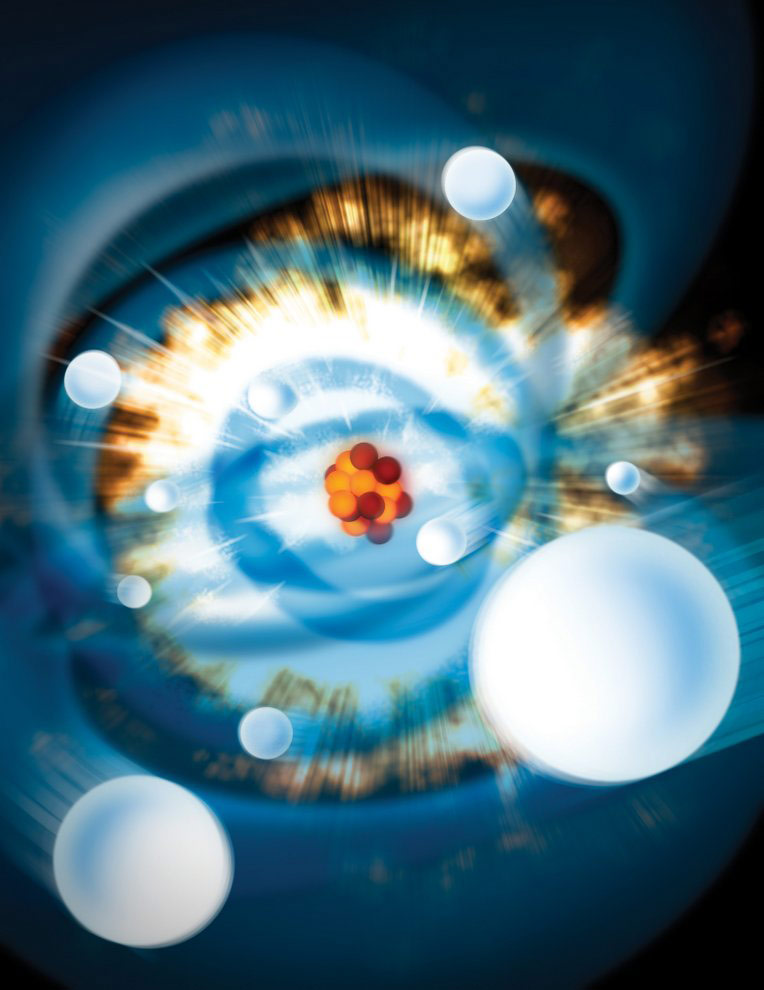
An illustration of a neon atom interacting with X-ray light, which in some cases removes only the innermost electrons to create a “hollow atom.” Understanding how the ultrabright X-ray pulses at SLAC’s Linac Coherent Light Source interact with matter is important for producing clearer, atomic-scale images of biological molecules and movies of chemical processes. Credit: Greg Stewart/SLAC
Using a technique called partial covariance mapping, scientists gain new insight into the dynamics of “hollow atom” formation.
In a detailed study of how intense light strips electrons from atoms, researchers used an X-ray laser, SLAC’s Linac Coherent Light Source (LCLS), to measure and sort the ejected electrons and discover how this process takes place.
The results give scientists a clearer picture of how ultrabright X-ray light creates highly charged states of matter and how X-rays can damage samples under study, which could prove useful in interpreting data for a range of LCLS experiments.
The X-ray pulses at LCLS are so intense that they can send multiple particles of light, called photons, into the same atom, simultaneously or sequentially ejecting many electrons from the same atom and causing a reshuffling of the remaining electrons. Since electrons carry a negative charge, the atom becomes more positively charged as they are stripped away.
In one of the earliest LCLS experiments, conducted in 2009, researchers explored this electron-stripping process in neon atoms by measuring the final charge state of the atoms.
Now, in an experiment described in Physical Review Letters, researchers used a new technique to gain more insights about the stripping process.
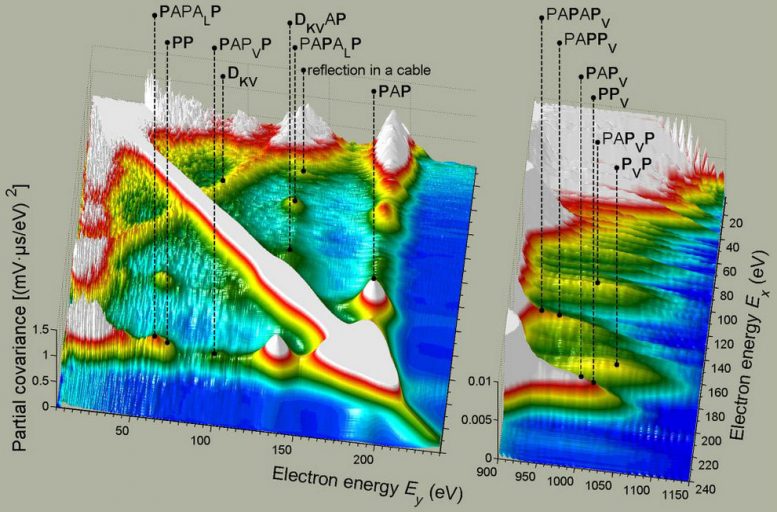
This “energy map” shows the energy signatures of electrons associated with neon atoms studied at SLAC’s Linac Coherent Light Source X-ray laser. At left are electron energy signatures associated with “hollow” neon atoms, whose inner electrons have been ejected from the atoms. At right are energy signatures associated with the removal of both an outer-shell and inner-shell electron. Credit: L.J. Frasinski, et al.
They mapped out the energy signatures of many of the electrons punched out of the atoms by the ultrabright X-ray light, and used a sophisticated algorithm to identify electrons associated with the same atom. The results also revealed details of competing pathways for this stripping process.
The research was made possible by a custom-built 2-meter-long instrument, called a magnetic bottle spectrometer, that measures the energies of most of the escaping electrons. A complex statistical technique sorts the electrons into “bins” based on their energies, compares those energies, and accounts for inherent energy fluctuations, or jitter, in LCLS pulses.
Previous research failed to resolve some details about the steps involved in the electron-stripping processes, said Raimund Feifel, a scientist and professor at Uppsala University in Sweden who led the experiment.
“We got a bunch of ambiguities in the data,” he said. “We wanted to come up with a new method to access those states in a much more efficient way.”
Neon was selected for the experiment because it has a small number of electrons: eight in its outer shell and two in its inner shell. The experiment revealed all the major pathways for stripping electrons from neon atoms, Feifel said. In some cases, the intense X-ray pulses stripped the outer-shell electrons from the neon atoms first, and in other cases the core electrons were kicked away first, creating so-called “hollow” atoms.
The energies of the ejected electrons reveal whether they came from the inner or outer shell.
“We are able to see those two processes so clearly,” Feifel said. “Both processes can happen as an atom absorbs two X-ray photons from the same light pulse.” The experiment reveals surprising details about the chronological sequence of the electron-stripping processes.
“We really hope these results will stimulate improvements in modeling the electron-stripping effects on X-ray imaging techniques,” Feifel said, which may ultimately help to resolve the structure of important biological proteins and other samples using LCLS.
John Bozek, a staff scientist who manages the LCLS Soft X-ray Department and who participated in the experiment, said the statistical technique provides important benchmarks for studying the creation of progressively charged states, or ionization, in other atoms and molecules as electrons are knocked away. “It shows the relevance of different processes in the ionization so you have an idea what processes are more important in the ionization and which ones are safe to ignore,” Bozek said.
The research team is still analyzing data from other, more complex samples studied with the same technique at LCLS, including hydrocarbons and ring-shaped molecules relevant to biology, Feifel said. They also plan experiments that will capture data on the charged states of atoms and groups of atoms.
Reference: “Dynamics of Hollow Atom Formation in Intense X-Ray Pulses Probed by Partial Covariance Mapping” by L. J. Frasinski, V. Zhaunerchyk, M. Mucke, R. J. Squibb, M. Siano, J. H. D. Eland, P. Linusson, P. v.d. Meulen, P. Salén, R. D. Thomas, M. Larsson, L. Foucar, J. Ullrich, K. Motomura, S. Mondal, K. Ueda, T. Osipov, L. Fang, B. F. Murphy, N. Berrah, C. Bostedt, J. D. Bozek, S. Schorb, M. Messerschmidt, J. M. Glownia, J. P. Cryan, R. N. Coffee, O. Takahashi, S. Wada, M. N. Piancastelli, R. Richter, K. C. Prince and R. Feifel,13 August 2013, Physical Review Letters.
DOI: 10.1103/PhysRevLett.111.073002




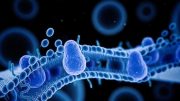
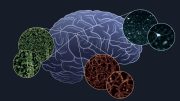

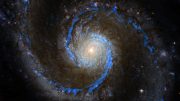
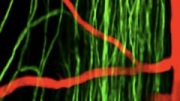
Be the first to comment on "Scientists Use Partial Covariance Mapping to Probe Electron Dynamics"